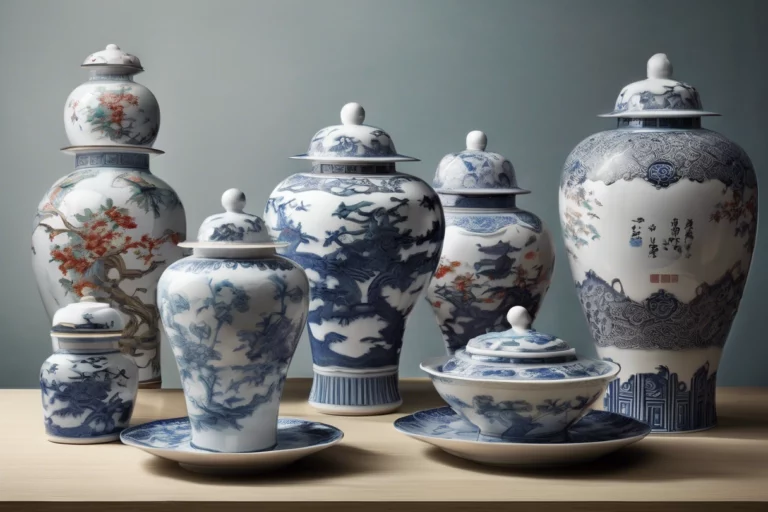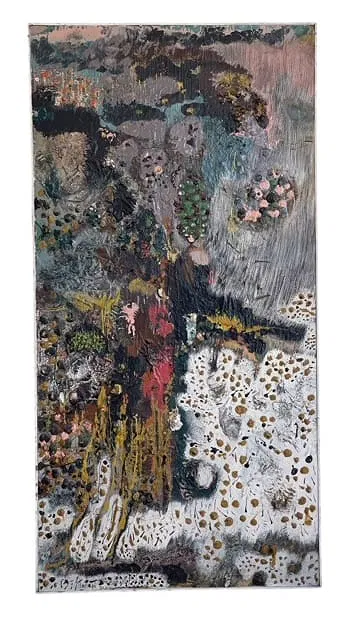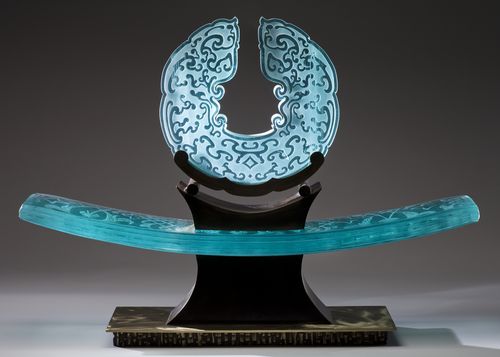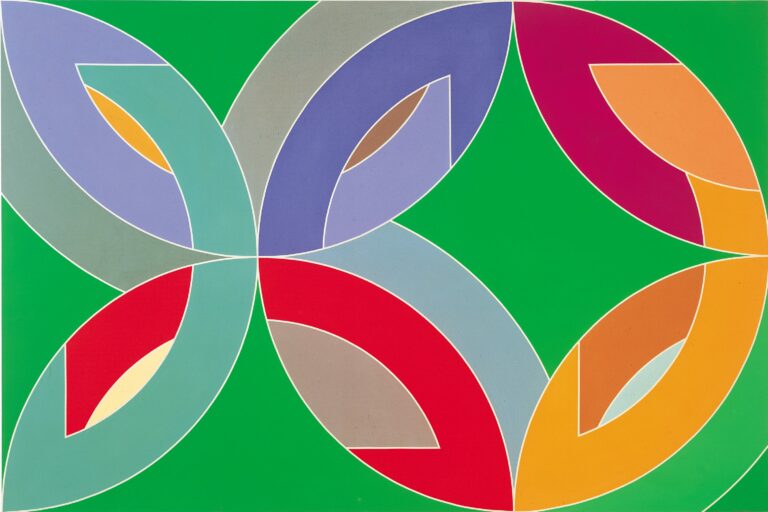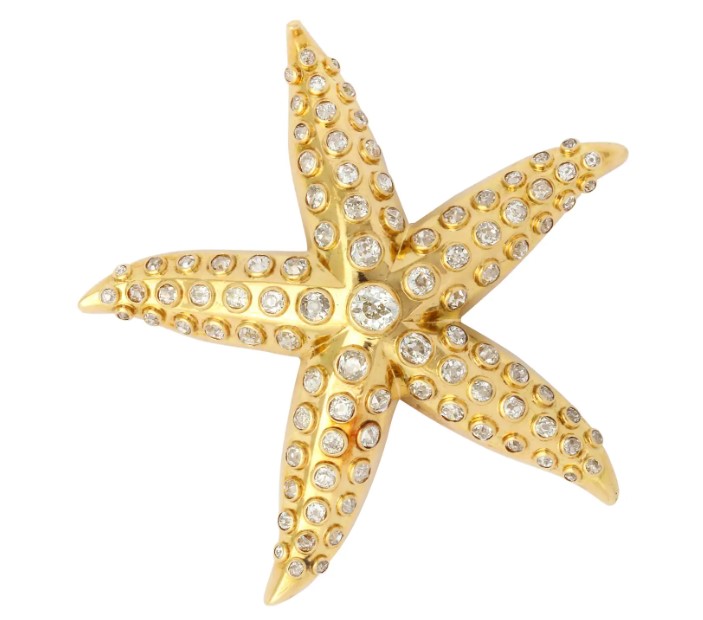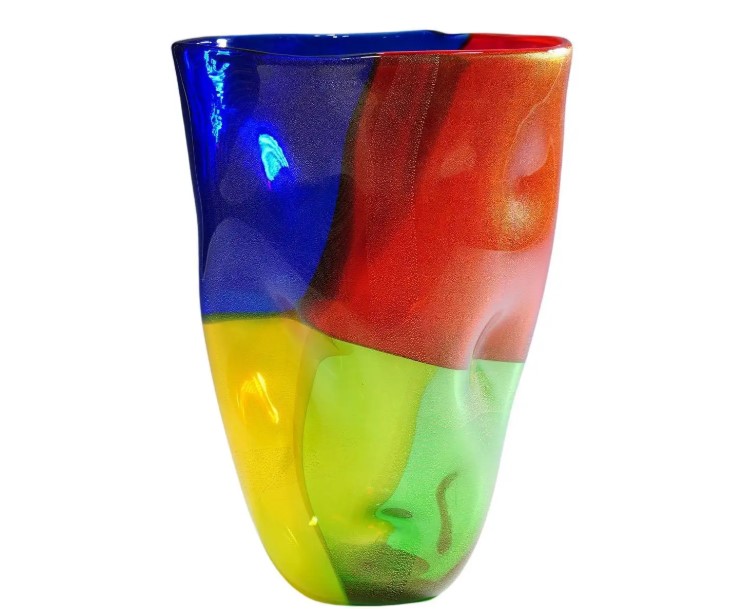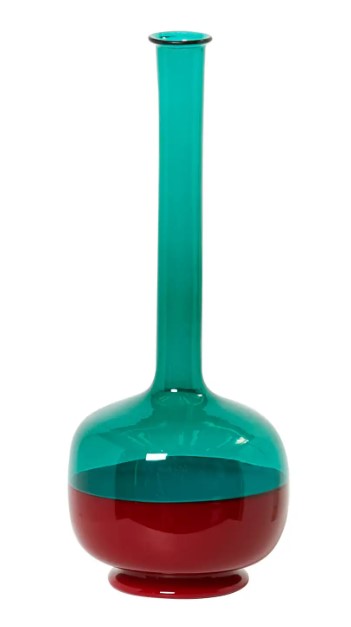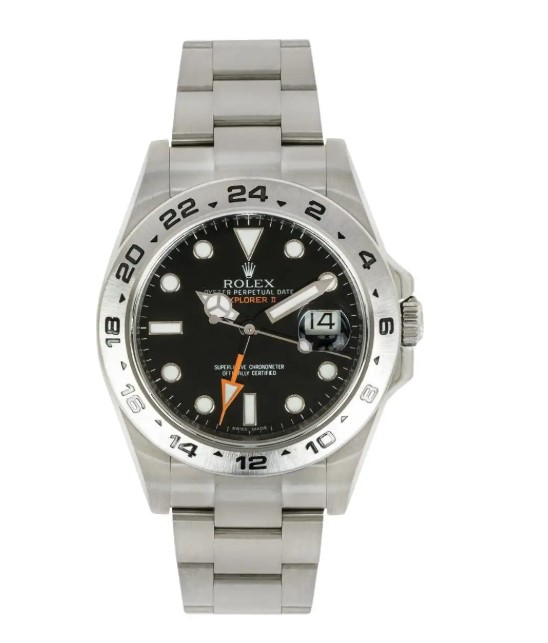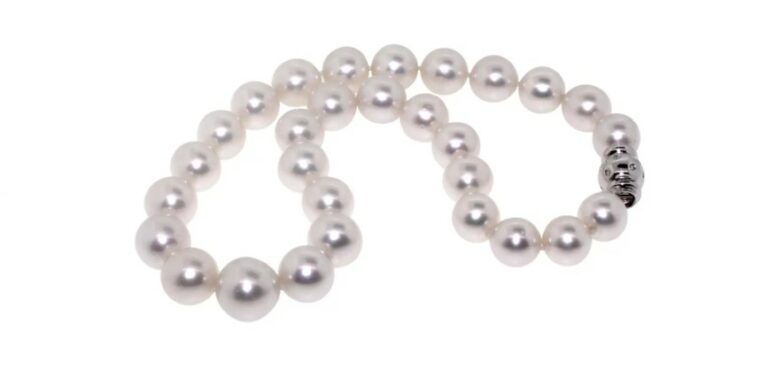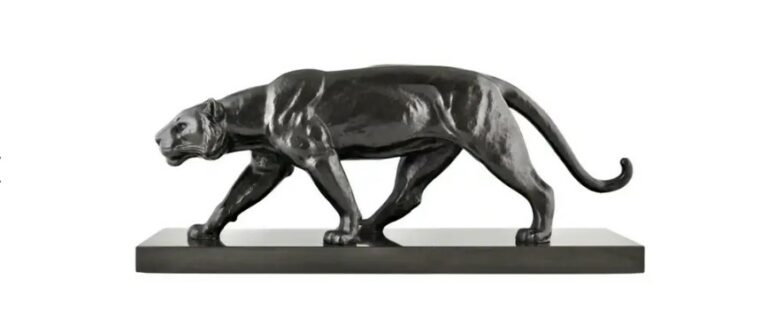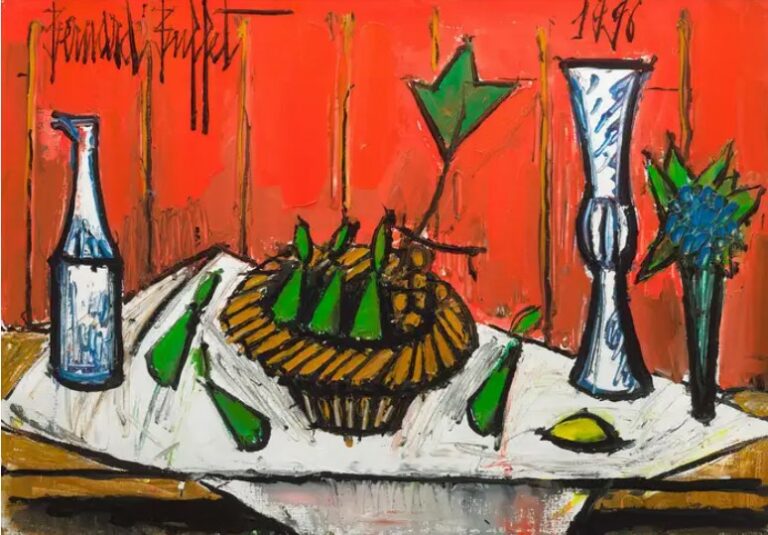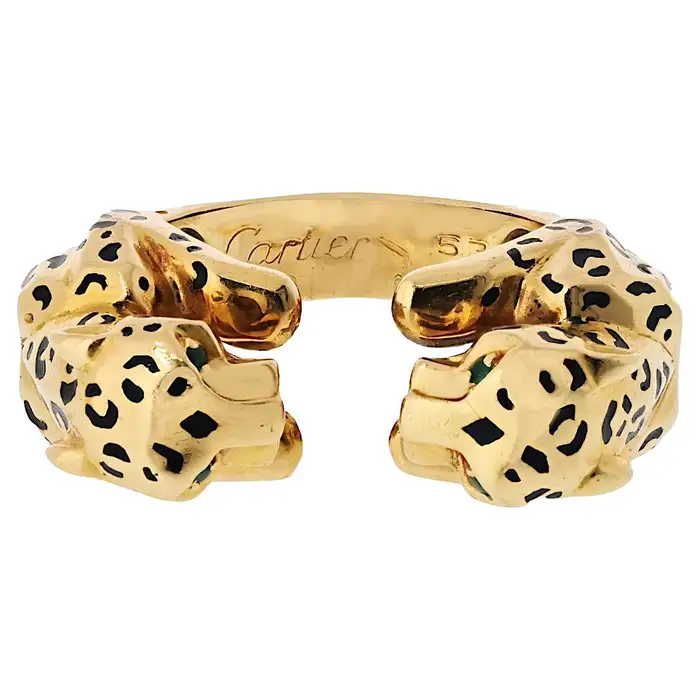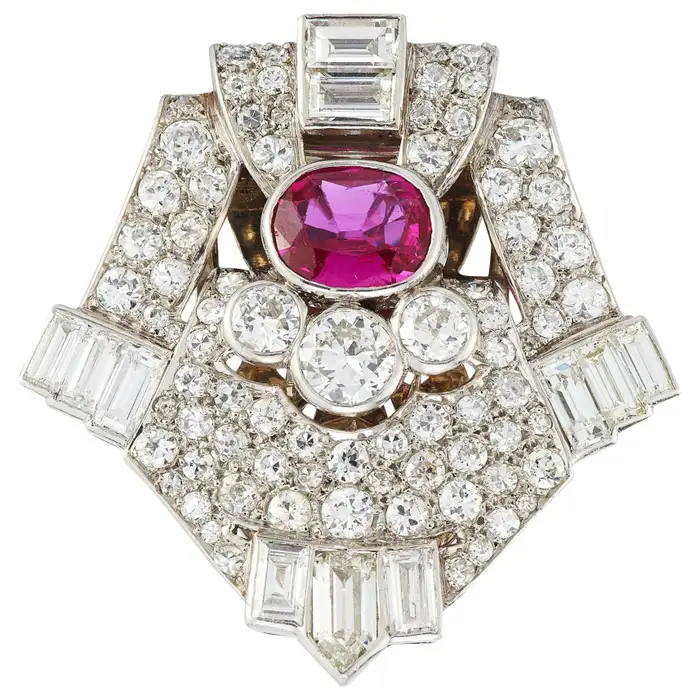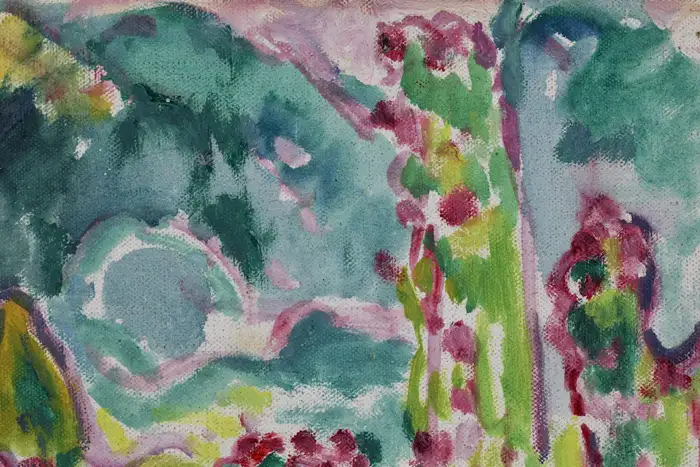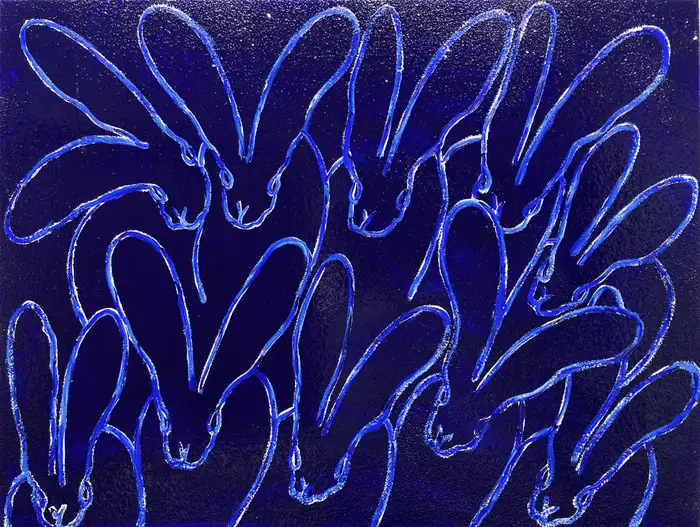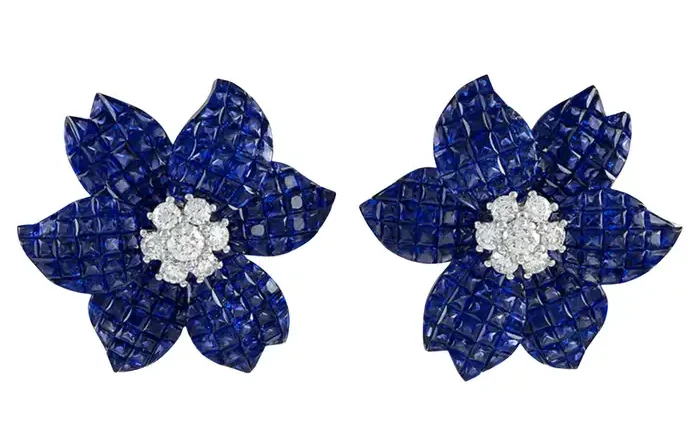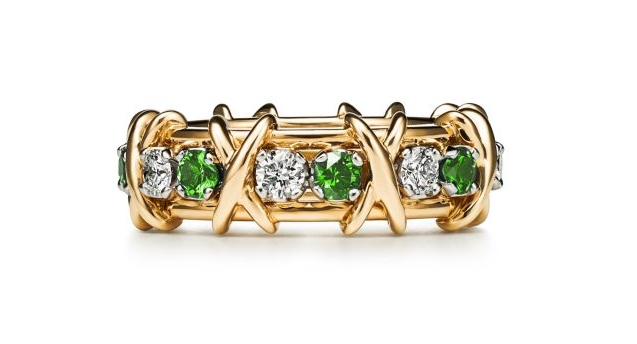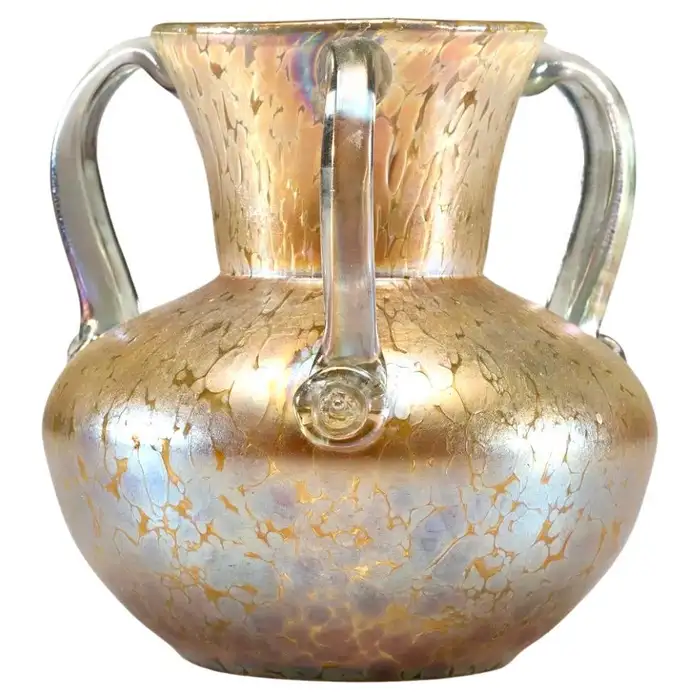Mark Rothko is one of the most influential artists of the 20th century. He was born in Russia in 1903, but he immigrated with his family to the United States when he was still a child. Rothko’s work is characterized by large abstract canvases featuring fields of color. Many of his paintings are comprised of just two or three colors, but these colors are placed in such a way as to evoke complex emotions and ideas.
Rothko’s art is often associated with the Abstract Expressionist movement, which emerged in the United States in the 1940s. This movement rejected both the representational art of the past and the strict formalism of many of their contemporary artists. Instead, they sought to express the unconscious mind through abstract forms and colors.
One of Rothko’s most famous series of paintings is the “multiforms”, which he started creating in the 1940s. These paintings were made up of layered rectangles of color that transitioned smoothly between one another. The effect was a sense of depth and space, without representing anything concrete.
Despite his success, Rothko suffered from depression throughout his life, and he committed suicide in 1970. His legacy has endured, however, and his work is still highly regarded by art critics and collectors alike.
Rothko’s paintings continue to be the subject of interpretation and debate among art historians. Some see his work as purely abstract, while others argue that there are elements of the spiritual and religious in his canvases. Rothko himself rejected the label of “abstract artist”, saying that he was interested in expressing basic human emotions through color and form.
Whether you see Rothko’s work as purely abstract or infused with deeper meaning, there is no denying the impact that his work has had on the art world. His canvases continue to inspire artists and viewers alike, and his legacy is sure to endure for many years to come.


